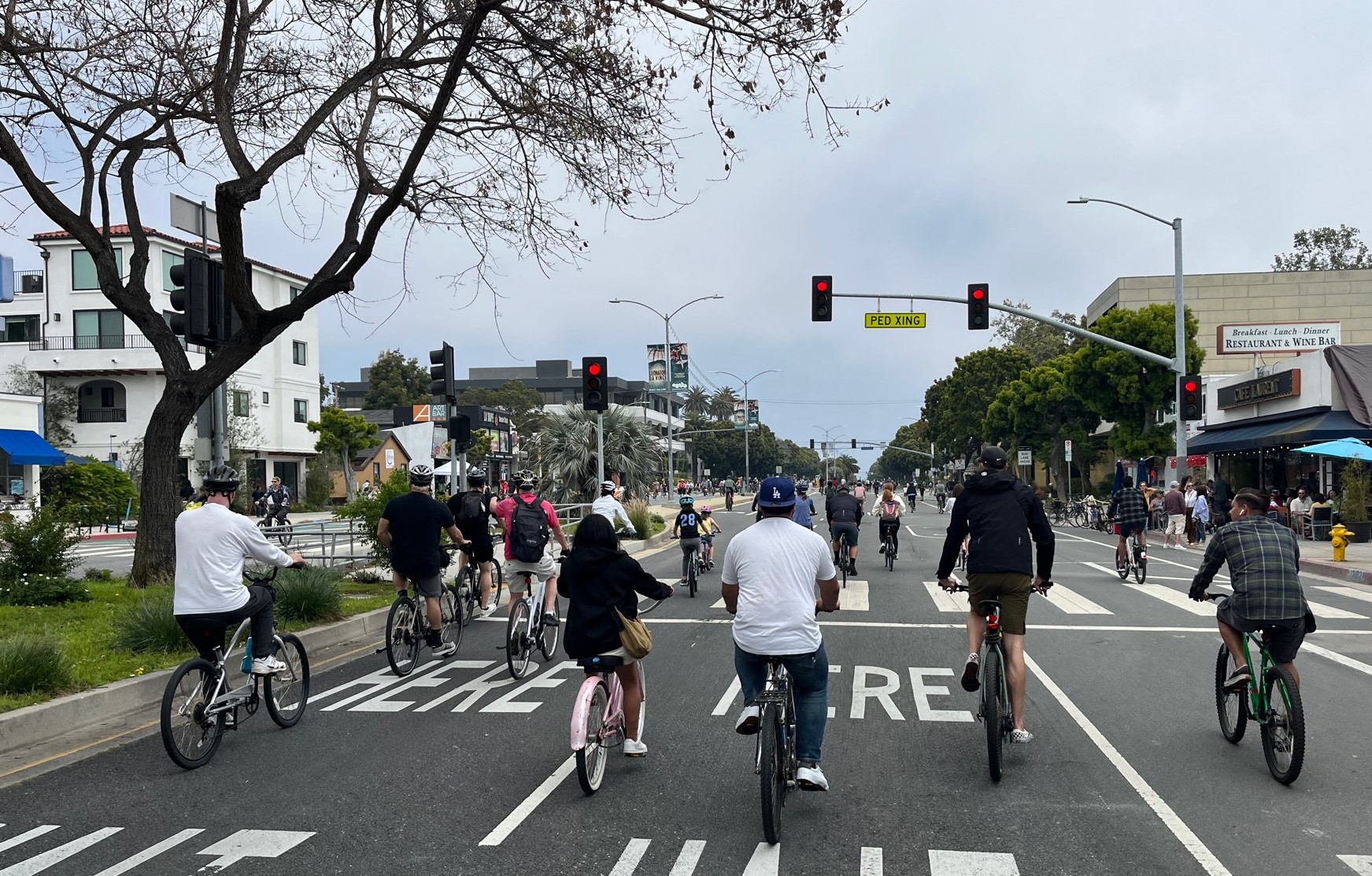What kind of a statement does car-free living make in a small city? Today on the Streetsblog Network, Aaron Renn at The Urbanophile
poses that question in a provocative post. Sure, it's about walking the
walk of sustainable transportation, he says, but it also represents a
withdrawal from the community structure in places such as Columbus and
Cincinnati:
In
a metro area that is nearly all auto-oriented, much of the setting of
civic life in that city is outside of the core downtown area and
districts where it is easy to get to without a car. To live without a
car is a deliberate cutting off of oneself from those activities and
regions -- especially suburban -- and from that part of society.
I
think it's that last part that is important. Living carless is a
deliberate rejection of the majority of the metro area, evidenced by
actually enduring hardship by voluntarily depriving oneself of the
means to travel there. I'm sure this message is not lost on the people
who live in those places.
Sure, I get it that there are
legitimate concerns about sprawl and other things. But I also hear
these same urban advocates complain that suburbanites don't care about
the city, are afraid to visit downtown, won't support urban core
redevelopment, etc. If you are living carless in one of those cities,
frankly, you have no leg to stand on in complaining about that. (I'll
make an exception for college students.)
Imagine how this looks
to someone living in the suburbs. What do they see? They are asked to
visit downtown and support downtown, but have to listen to urban
advocates claim that the highest and best form of living is to be
downtown without a car -- a car that is necessary to visit the suburbs,
and by extension them.
This brings to mind a recent post from Carfree With Kids
about maintaining relationships with friends in the suburbs if you
don't have a car. It's true that for all the ways in which car-free
living can create and sustain a sense of community, it can also be a
barrier to creating social -- and political -- ties in many places and
circumstances. We'd be interested in hearing about your experiences and
thoughts on the subject in the comments. But first head over to The Urbanophile and read the excellent post in full.
More from the network: The Transport Politic reports that Louisiana Governor Bobby Jindal, who previously flipped his position on high-speed rail, has now decided to flop. Travelin' Local looks at the relative spatial efficiency of various transport modes. And Transit Miami
laments the situation in that city, where the mayor has been handing
out fat raises to his staff while cutting the budget for transit.





